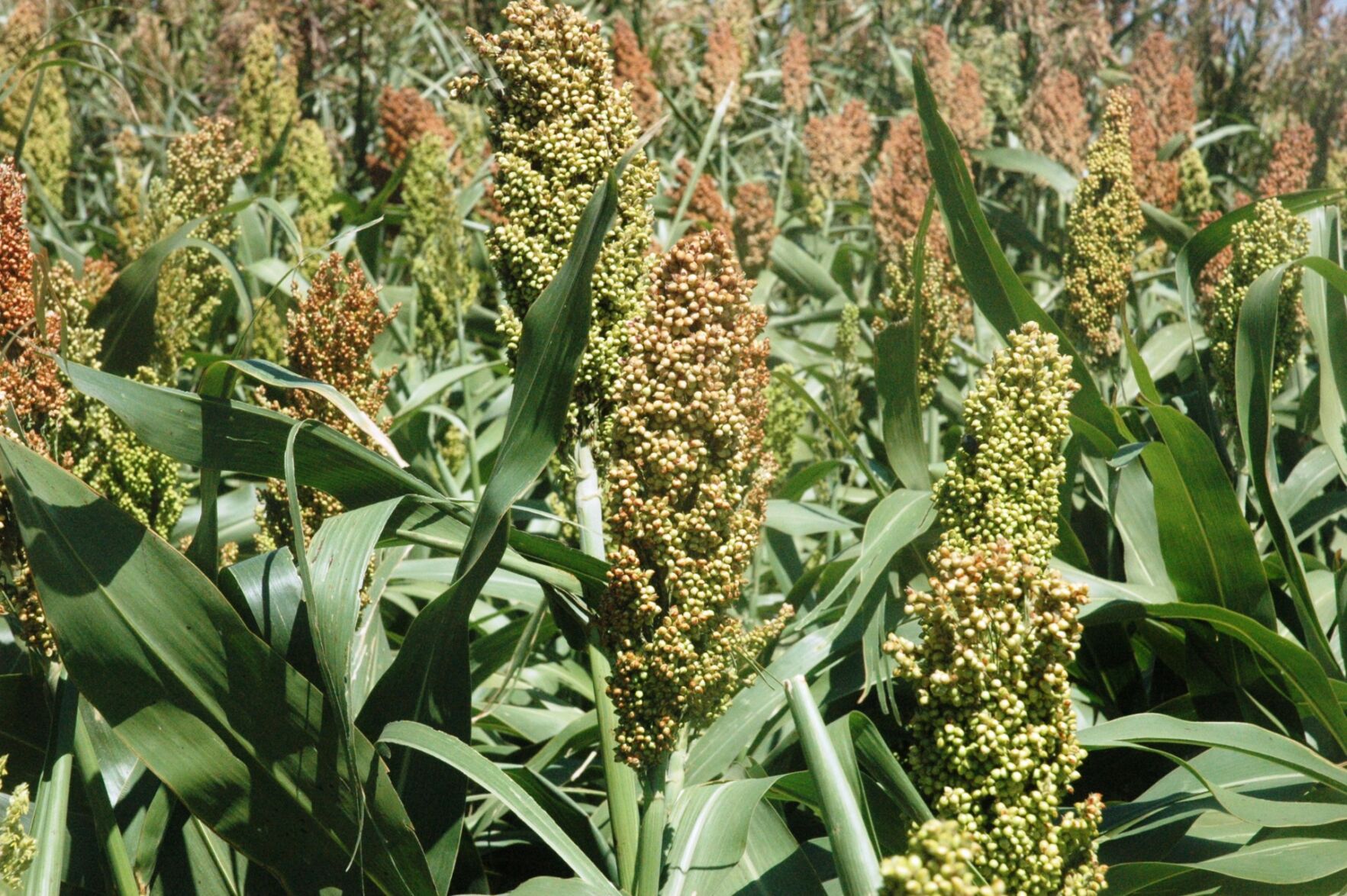Sorghum acres are expected to be up this year as prices and increased export demand have made the crop a hot commodity, according to a Texas A&M AgriLife Extension Service expert.
Ronnie Schnell, Ph.D., AgriLife Extension agronomist, Bryan-College Station, said sorghum producers could be in for a good year with timely rains.
Schnell said about half of the state’s sorghum is planted at this point. Plantings in the Rio Grande Valley were at boot stage if not flowering already and areas along the Gulf Coast and Central Texas were progressing well.
A few acres in the Rio Grande Valley were affected by the February winter storm, but weather conditions are allowing planting to remain on schedule for the rest of the state and provide good stands, he said.
The U.S. Department of Agriculture reported the final tally of sorghum acres in 2020 was 1.8 million acres, and Schnell expects increased acreage this year due to good prices.
“I wouldn’t be surprised if we were over 2 million acres of sorghum this year,” he said. “Prices have been better than corn in some areas, and now producers need favorable weather to capitalize on those prices.”
Sorghum off to good start
With good market conditions in place, weather will continue to be the question mark for much of the state, Schnell said. Sorghum tolerates heat and drier conditions better than other row crops, but water is necessary to produce good yields.
Most of the areas north of South Texas from the Upper Gulf Coast throughout the Blacklands have relatively good subsoil moisture indexes, but the soil surface is drying quickly. Areas still yet to plant sorghum, including the High Plains, are reporting short to very short soil moisture levels.
Schnell said storm systems delivered scattered rainfall recently, but the variation between the haves and have-nots was notable.
“Fields are off to a good start from the Valley to North Central Texas, but we need rain to keep fields progressing well,” he said. “The majority of the state is under some level of drought condition, and while scattered rains have helped some, we need more rain-making systems to move through the state and cover a broader area.”
Few issues beyond drought
Schnell said there have been very few problems with sorghum so far this growing season. Rains would help producers who have or will be making fertilizer applications soon, and dry conditions may make herbicide activation inconsistent, but disease and pest infestations have been light in South and Central Texas.
Seed companies have produced several sugarcane aphid-tolerant varieties that have helped curb their impact on sorghum yields, Schnell said. Monitoring the pests numbers and acting on good science-based recommendations to address infestations has also helped reduce their impact.
This year, herbicide-tolerant sorghum hybrids have been introduced to limited acres with more becoming commercially available soon, he said. Farmers will be able to broadcast apply herbicides over the top of sorghum for post-emerge grass control.
“All these hybrids were produced using traditional breeding methods and are non-GMO,” he said. “They’re just another set of tools farmers can use to manage weeds and protect yields.”




